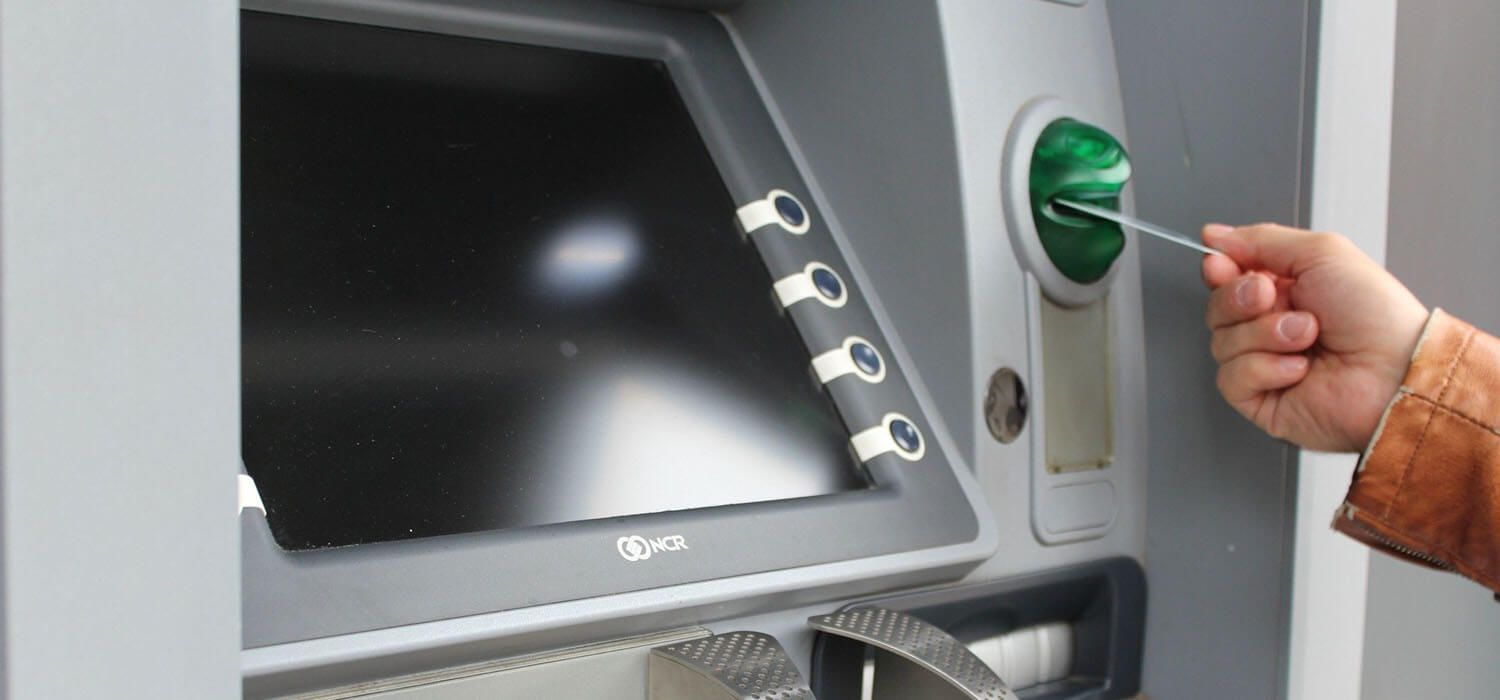However, disparities still exist based on race and socioeconomic status
A new report from the FDIC shows that the percentage of Americans without a savings or checking account is the lowest it’s been since 2009 but makes clear there’s still work to be done in creating a more equitable financial system.
The FDIC released How America Banks: Household Use of Banking and Financial Services last month. The report is based on an FDIC and Census Bureau survey conducted in June of 2019.
Even though the unbanked rate has shown improvement over the past ten years, 5.4 % of Americans (or 7.1 million households) still do not have access to a savings or checking account. Moreover, there are strong disparities in the unbanked rate based on an individual’s race, socioeconomic status, and location. That suggests we still have a long way to go in order to make banking opportunities accessible for all.
Who Is Most Likely To Be Unbanked?
The report’s detailed analysis reveals that the unbanked rate varies based on different geographic and socioeconomic factors.
According to the report, the unbanked rate was higher-than-average for households that identified as one or more of the following: lower-income (those making less than $15,000 per year), less-educated (those without a high school diploma), Black, Hispanic, American Indian or Alaska Native, working-age disabled, urban, or Southern. One of the starkest differences in access to banking was based on race: only 2.5 % of White households were unbanked, compared to 13.8 % of Black households and 12.2 % of Hispanic households.
There are many reasons why households may be unbanked. Among survey respondents who were unbanked, almost half noted that they did not have a bank account because they “don’t have enough money to meet minimum balance requirements.”
Further underscoring this phenomenon, the report found that about one-quarter of households with less than $15,000 in income were unbanked. Other commonly cited reasons for not having a bank account included that the respondents “don’t trust banks” (36.3 %) and “avoiding a bank gives more privacy” (36 %).
What Other Financial Services Do Unbanked Americans Use?
Unbanked households were more likely than banked households to use a prepaid card (27.7 % vs. 7.4 %), money orders (42.3 % vs 10.2 %), check-cashing (31.9 % vs 4 %), and bill payment services (14.4 % vs. 4.4 %).
Conversely, banked households were more likely than unbanked households to use P2P payment services like PayPal or Venmo (32.3 % vs. 8.8 %), which typically require internet access and a smartphone.
The report also found that credit usage is largely dependent on race and socioeconomic status. While 72.5 % of overall households in 2019 used bank credit (a credit card or personal loan), households that are lower-income, less-educated, Black, Hispanic, American Indian or Alaska Native, and working-age disabled, were less likely to use bank credit.
How Has COVID-19 Affected the Unbanked Rate?
Notably, the FDIC survey took place before the COVID-19 outbreak. As a result, the report includes a postscript to address the financial changes that have occurred as a result of the pandemic and how they may affect the unbanked rate in the future.
Looking at the past ten years of FDIC reports, the unbanked rate reached its peak of 8.2 % during the height of the Great Recession in 2011. The report noted that about two-thirds of the decline in the unbanked rate between 2011 and 2019 could be attributed to improved socioeconomic circumstances.
The FDIC further suggests that a decrease in socioeconomic circumstances (such as high unemployment or low savings precipitated by the pandemic) could lead to an increase in Americans without access to bank services. Additional challenges from the pandemic include reduced bank hours or teller access due to social distancing guidelines, and reduced acceptance of paper money in favor of credit/debit cards or P2P transactions.
How Can We Expand Access to Banking Services?
At Sunrise Banks, part of our mission is to help the unbanked and under-banked. We also believe that fintechs are uniquely positioned to further expand access to banking services, especially for underserved communities.


